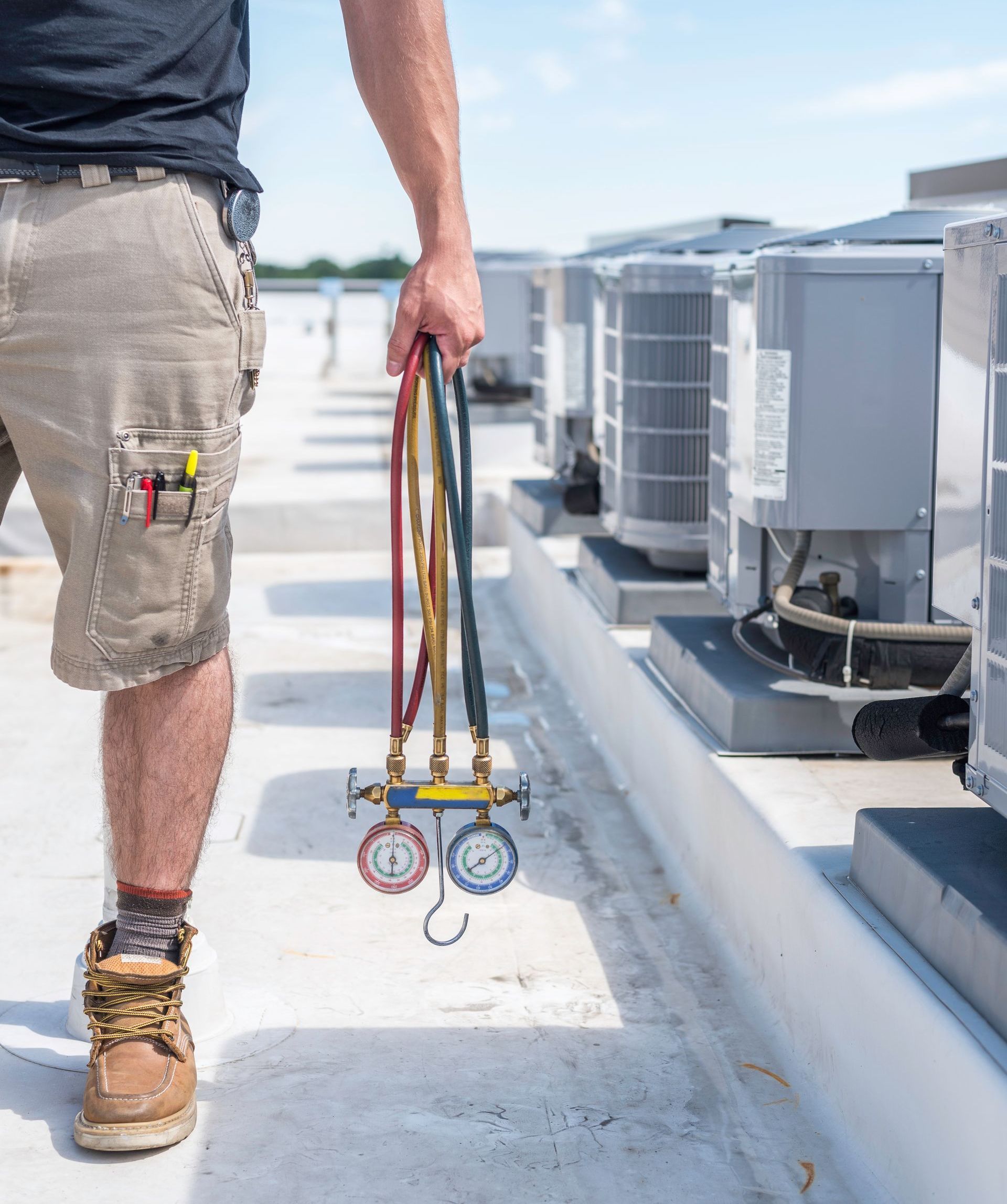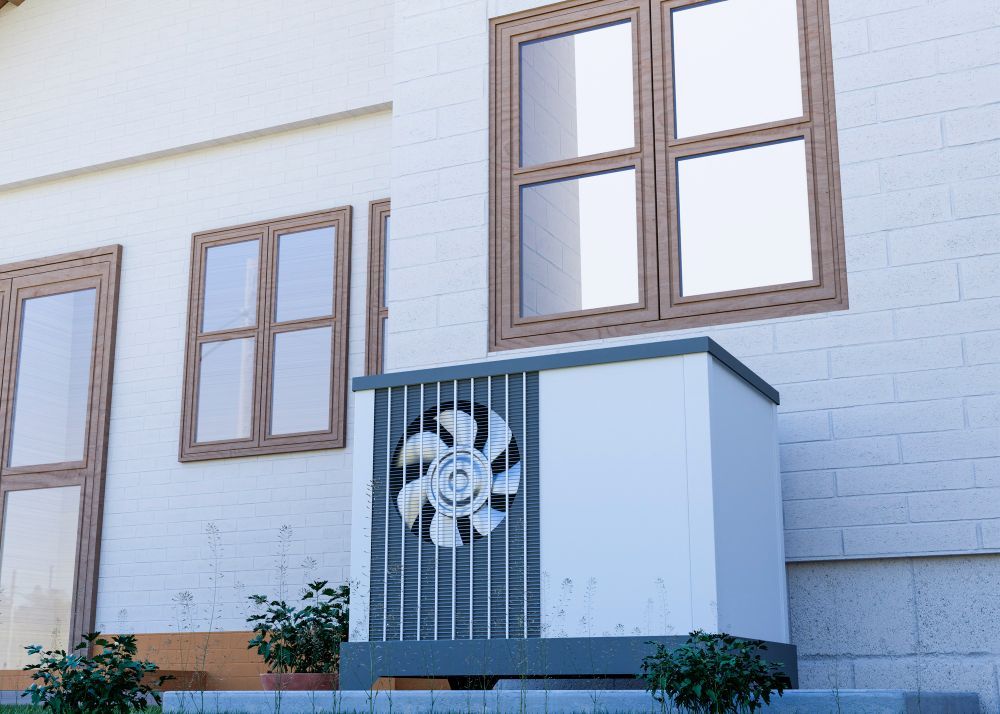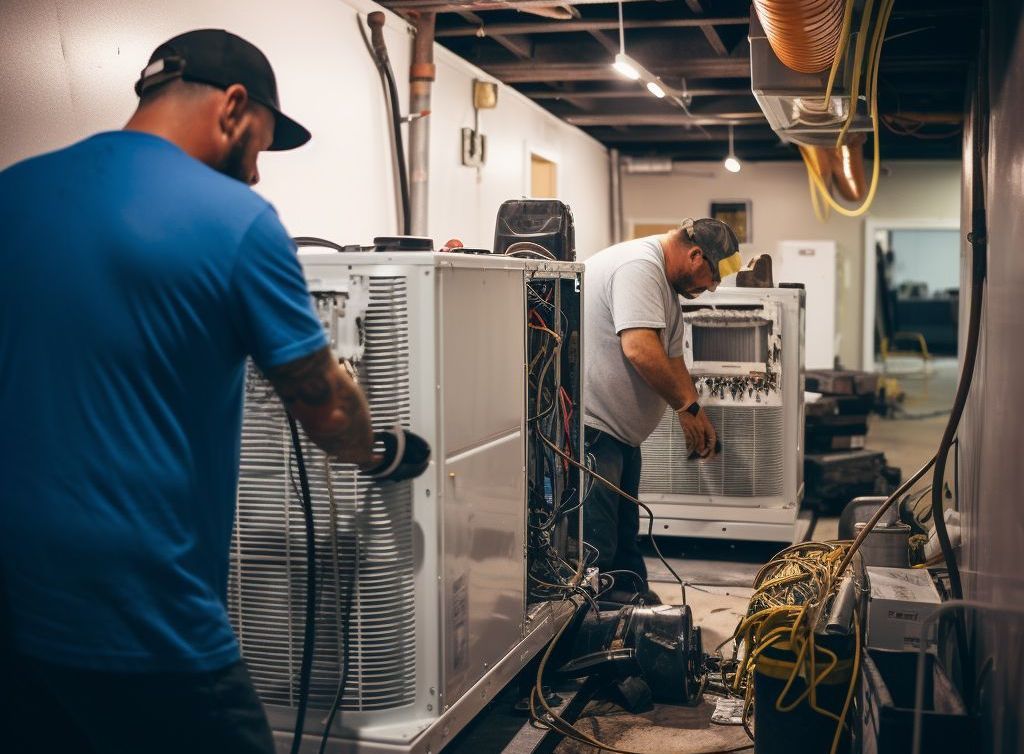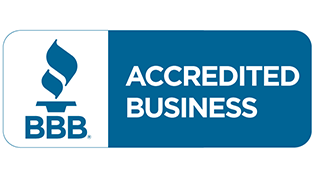Smart Thermostats & HVAC Integration: What Salt Lake Homeowners Should Know
Heating and cooling in Utah can be a balancing act. Summers in Salt Lake are hot and dry, while winters bring freezing temperatures and heavy furnace use. Homeowners are looking for ways to save energy without sacrificing comfort—and smart thermostats are becoming one of the most popular solutions.
But a thermostat on its own won’t solve every problem. For maximum comfort and efficiency, it must integrate properly with your HVAC system. This blog explains what Salt Lake homeowners need to know about smart thermostats, how they work with HVAC systems, and how to decide if they’re the right upgrade for your home.
What Is a Smart Thermostat?
A smart thermostat is a device that goes beyond simple temperature adjustments. It connects to your home Wi-Fi, allowing you to control heating and cooling through a smartphone, voice assistant, or automation schedule.
Key features include:
- Remote control: Adjust settings from anywhere.
- Learning algorithms: Some models learn your patterns and automatically set temperatures.
- Zoning compatibility: Many smart thermostats work with zoning systems to control comfort floor by floor.
- Energy reports: Track usage and see where you can save.
- Integration with smart homes: Connect with Amazon Alexa, Google Home, or Apple HomeKit.
When properly installed, smart thermostats save energy and keep your home more comfortable, especially in Utah’s wide seasonal swings.
Benefits of Smart Thermostat + HVAC Integration
Here’s why integration matters for Salt Lake homeowners:
Improved Energy Efficiency
Smart thermostats optimize when and how your HVAC system runs. For example, they can lower the temperature when you’re away and bring it back up before you return.
Better Indoor Comfort
With zoning, humidity control, and real-time adjustments, integrated systems prevent the “too hot upstairs, too cold downstairs” problem common in multi-level Utah homes.
Cost Savings
By running your HVAC system more efficiently, smart thermostats can lower monthly energy bills—a big advantage during extreme Utah winters and summers.
Preventative Maintenance Alerts
Some models send alerts for filter changes, unusual system activity, or when maintenance is due, helping extend HVAC system life.
Easy Control for Families
Multiple users can control the system through apps, making it easier for everyone to adjust settings without fighting over one thermostat.
Step-by-Step Guide: Choosing and Using a Smart Thermostat
Step 1: Check HVAC Compatibility
Not all thermostats work with all systems. Make sure the model you choose is compatible with your furnace, heat pump, or zoning system.
Step 2: Decide on Key Features
Consider what matters most: remote access, learning features, integration with smart homes, or advanced reporting.
Step 3: Professional Installation
While some thermostats are DIY-friendly, professional installation ensures proper wiring, setup, and integration with your HVAC.
Step 4: Program Smart Schedules
Use automation to match your lifestyle. For example, set different heating schedules for weekday mornings and weekend evenings.
Step 5: Monitor Energy Reports
Track your system’s performance and use the data to adjust habits for even more savings.
Step 6: Combine with Regular Maintenance
Smart thermostats complement HVAC maintenance but don’t replace it. Keep scheduling seasonal tune-ups.
Frequently Asked Questions
- Do smart thermostats really save money?
Yes. Many homeowners see savings of 10–15% on heating and cooling costs when smart thermostats are properly used and integrated. - Can I install a smart thermostat myself?
Some models are DIY-friendly, but professional installation is best for complex systems, especially if you have multi-zone HVAC. - Will a smart thermostat work with older HVAC systems?
In many cases, yes—but compatibility must be checked first. Some older systems may require additional wiring or adapters. - Can smart thermostats help during Utah’s air quality issues?
Yes. Some models integrate with air quality sensors or control HVAC fans to improve indoor air during inversions or wildfire smoke. - What happens if Wi-Fi goes out?
Most smart thermostats still function as regular programmable thermostats, so you won’t lose heating or cooling.
Conclusion
Smart thermostats are more than just gadgets—they’re powerful tools that help Salt Lake homeowners save money, improve comfort, and take better care of their HVAC systems. The key is making sure your thermostat is properly integrated with your heating and cooling setup.
If you’re in South Jordan or anywhere in Salt Lake County, our team can help you select, install, and connect the right smart thermostat for your home.
Contact us today.







